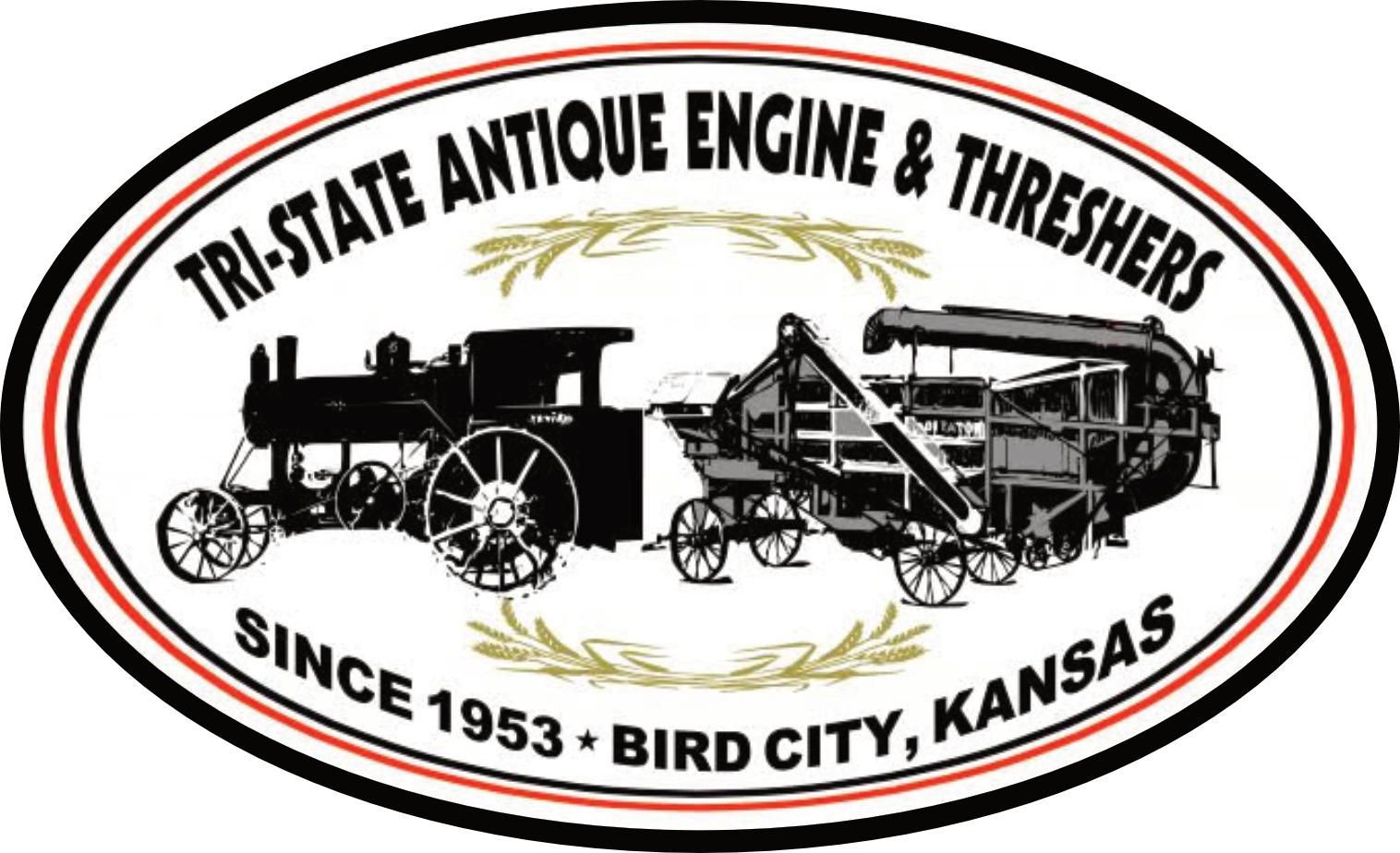Corliss
Ran by a 1951 Cleaver-Brooks
Serial #0-10243
Originally located in the basement of the Hoag Duster Building in Monticello, Iowa. Tri-State Antique Engine & Threshers Association purchased it October 1, 1974 and moved it to Bird City.
From page 49 of the Fifty Year Anniversary book

History of the Inventor George H. Corliss 1817-1888
Written by Lois Corliss Henry
George H. Corliss a ‘Born inventor’ was raised in New York state, and showed mechanical genius, while still a boy. His first big invention was a sewing machine, longbefore the ‘howe’ sewing machine was invented. Wishing to make it a commercial success, he proposed it to Fairbanks and Bancroft, a steam engine building firm of Providence, Rhode Island, that they should perfect the machine for production. The firm was interested in Corliss. But not in his sewing machine, with the provision that he could forget aboutthe sewing machine, they offered him a position. Mr. Corliss accepted, and one brief year, latter he became a partner, of Fairbanks and Bancroft.
Mr. Corliss’s energies now were devoted to the improvement of Existing steam engines, already in use in thousands of factories. He studied the various types in use and analyzed their good and bad points. Then he set to work on an engine of his own design and received a patent for it in 1849. Its valve gear was so complex that other engineers of the day poked fun at it. What was worse, they called it impractical!
Mr. Corliss brought to the steam engine the principal of the drop cut-off. First of all, he eliminated the usual D-Valve formerly employed on steam engines and substituted separate exhaust and intake valves at each end of the cylinder, only a slight mechanical movement was needed to open or close the valves.
These valves he linked to a governor very much more sensitive than on watts steam engine, then when a number of workmen in the factory, where a Corliss engine was installed, suddenly threw their machines out of action, the engine did not have a chance to speed up appreciably. The moment the sensitive Governor responded to the decreased load. The drop cut off prevented any more steam from entering the cylinder. All this happened before the piston moved before more than a few inches of its long stroke, to say that the engine was a success is simplifying things too much.
Mr. Corliss adopted a selling plan, used by Boulton & Watt many years before.
He installed engines free of charge and took his payment in part of the money saved on the coal bills. One of his first engines was sold on this basis., Mr. Corliss received all the money saved in five years, when this period expired, he received almost $20,000.00 several times the normal selling price of the engine.
Perhaps the most famous of all Corliss engines that was built by the inventor, was for the machinery hall at the Philadelphia Centennial of 1876, the largest engine built up to that time it provided power for all the machinery exhibits at the centennial, to the awe of visitors from all over the world.
